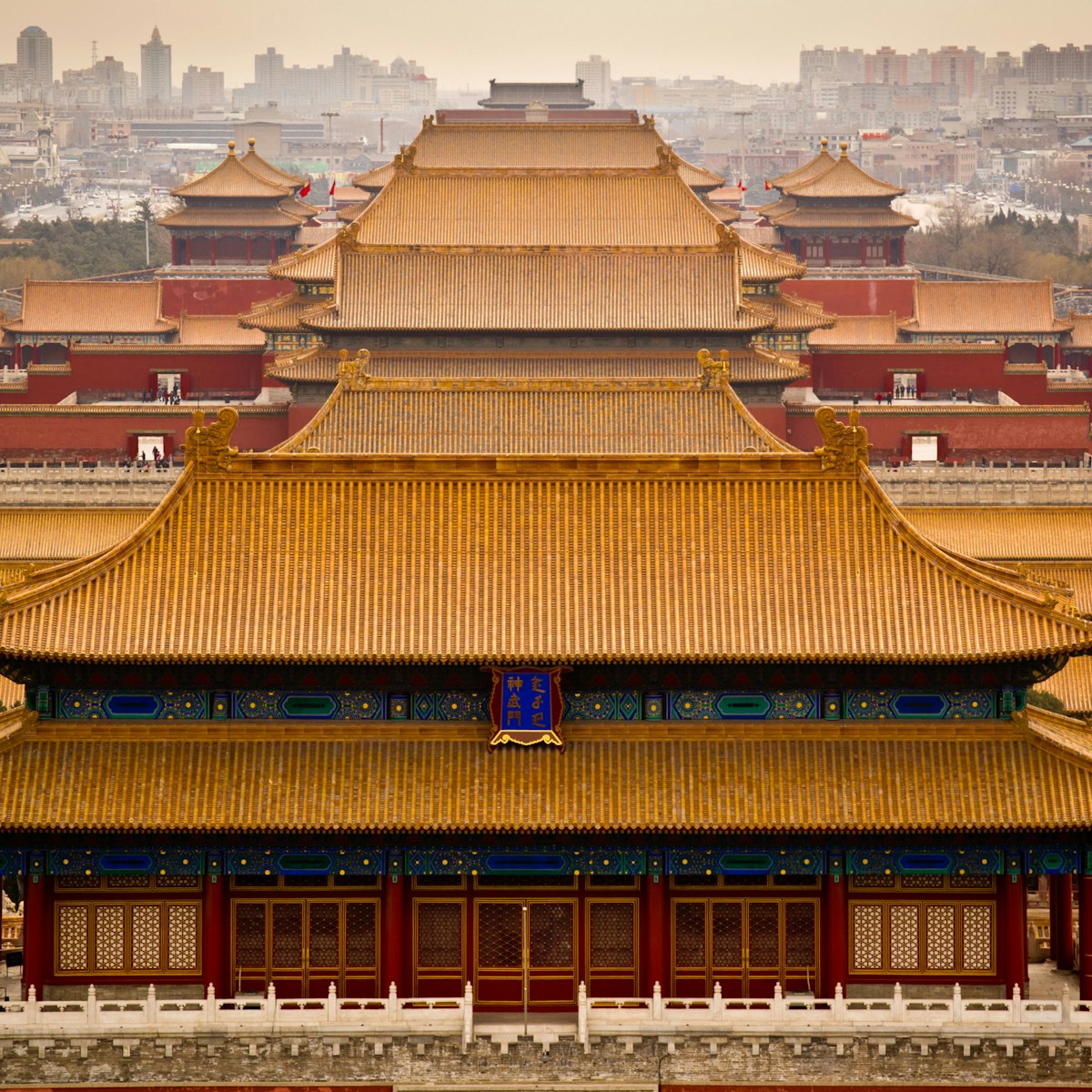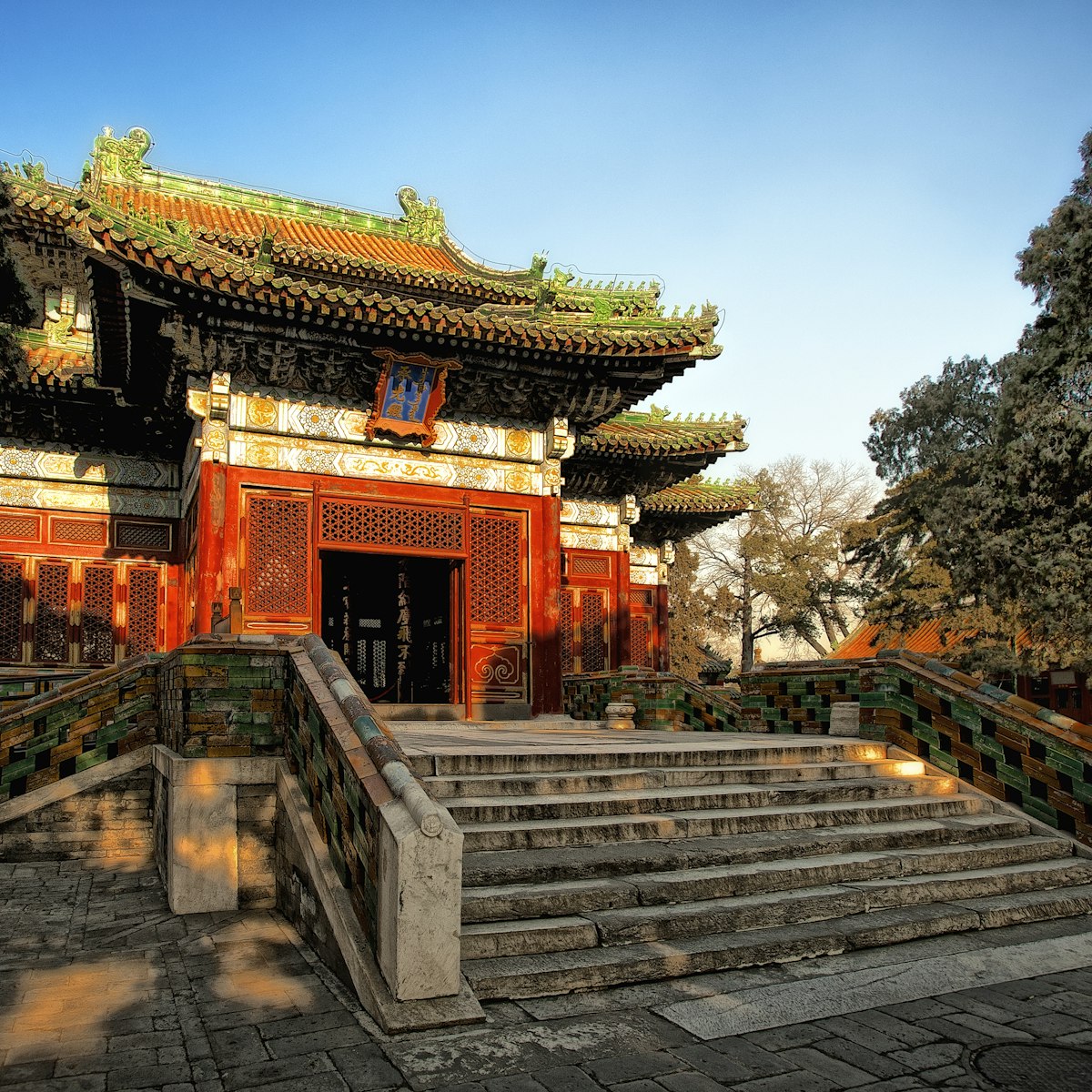This modern, two-storey museum presents in great detail the life of Lu Xun (1881–1936), considered the greatest Chinese writer of the 20th century. Preserved here is his small courtyard home where he lived for three years from 1924, during which time he witnessed the student massacre of March 18 1926, and wrote his famous essay Rose Without a Flower.
Born in Shaoxing in Zhejiang province and buried in Shanghai, Lu Xun lived in Beijing for more than a decade. As a writer, he articulated a deep yearning for reform by mercilessly exposing the foibles of the Chinese character in such tales as Medicine and Diary of a Madman.
The exhibits are well presented and come with English captions. Lu Xun's former courtyard home is off to the left as you face the museum. Beside the entrance is a small bookshop where you can buy English translations of selected works. Passport required for entry.








